Fossil Fuel Energy Worksheets
Fossil fuel energy worksheets are educational resources designed to assist learners in comprehending the complexities of this subject. These worksheets provide organized and specific exercises that focus on various entities related to fossil fuel energy, such as sources, benefits, challenges, and environmental impact. With these worksheets, individuals interested in enhancing their knowledge of fossil fuel energy can engage in guided learning activities that encourage critical thinking and analysis.
Table of Images 👆
- Fossil Fuels Non Renewable Energy
- Fossil Fuel Worksheet
- What Are Fossil Fuels Worksheet
- Fossil Fuels Activity Worksheet
- Fossil Scavenger Hunt Template
- Alternative Energy Sources Worksheet
- Fossil Fuels and Alternative Energy Worksheet
- Energy From the Sun Worksheet
- Renewable and Non-Renewable Resources Worksheet
More Energy Worksheets
Light and Heat Energy WorksheetsTypes of Energy Transfer Worksheet
Energy Light Heat Sound Worksheets
3 Forms of Energy Worksheets
Energy Worksheets for Third Grade
What are fossil fuels?
Fossil fuels are natural resources formed from the buried remains of plants and animals that lived millions of years ago. These fuels, such as coal, petroleum, and natural gas, are non-renewable sources of energy that are used for power generation, transportation, and heating. Burning fossil fuels releases carbon dioxide and other harmful pollutants into the atmosphere, contributing to climate change and air pollution.
How were fossil fuels formed?
Fossil fuels were formed millions of years ago from the remains of ancient plants and animals that were buried under layers of sediment. Over time, the pressure and heat from the Earth's crust transformed these organic materials into coal, oil, and natural gas through a process known as organic diagenesis.
What are the three main types of fossil fuels?
The three main types of fossil fuels are coal, oil, and natural gas. These fuels are formed from the remains of plants and animals that lived millions of years ago and are currently the most widely used sources of energy for electricity generation, transportation, and heating.
How is coal extracted from the ground?
Coal is extracted from the ground through a process called mining. There are two main methods of coal mining: surface mining and underground mining. In surface mining, large machinery such as draglines, shovels, or trucks are used to remove layers of soil and rock to expose the coal seam. In underground mining, miners use tunnels to access the coal seam, which is then removed using machinery or explosives. Once the coal is extracted, it is typically processed and transported to power plants or other facilities for use.
How is crude oil formed and where is it found?
Crude oil is formed from the remains of tiny sea plants and animals that lived in ancient oceans millions of years ago. Over time, these remains were buried under layers of sediment and subjected to heat and pressure, transforming into the fossil fuel we use today. Crude oil is mainly found underground in reservoirs located beneath the Earth's surface, often in rock formations such as sandstone or limestone. It is also found offshore in underwater locations known as oil fields.
How is natural gas extracted and where is it found?
Natural gas is mainly extracted through drilling wells deep into the earth's crust where pockets of gas are trapped. The most common way to extract natural gas is through hydraulic fracturing or "fracking," which involves injecting water, sand, and chemicals into the ground to release the gas from shale rock formations. Natural gas deposits are found underground in porous rock formations such as shale, coal beds, and sandstone, with the largest reserves located in Russia, Iran, Qatar, the United States, and China.
What are the main uses of coal?
Coal is primarily used for electricity generation, as it is burned in power plants to produce steam that drives turbines connected to electricity generators. It is also used in industrial processes like steel production and cement manufacturing. Additionally, coal is commonly used for heating and cooking in households and for powering steam engines in trains and ships.
What are the main uses of crude oil?
Crude oil is primarily used as a source of energy through its refining into various products such as gasoline, diesel, jet fuel, and heating oil. Apart from fuel, it is also used to manufacture numerous essential products like plastics, lubricants, asphalt, and chemicals for cosmetics, pharmaceuticals, and fertilizers. Additionally, crude oil is a crucial raw material for industries such as transportation, agriculture, and manufacturing, making it a foundational resource in modern society.
What are the main uses of natural gas?
Natural gas is primarily used for electricity generation, heating and cooking in residential, commercial, and industrial settings. It is also a key energy source for transportation, as compressed natural gas is used as a fuel for vehicles. Additionally, natural gas is utilized as a feedstock in the production of chemicals, plastics, and fertilizers, making it an important resource for various manufacturing industries.
What are the environmental impacts of burning fossil fuels?
Burning fossil fuels releases greenhouse gases such as carbon dioxide into the atmosphere, contributing to global warming and climate change. It also produces air pollutants like sulfur dioxide, nitrogen oxides, and particulate matter, leading to air pollution and respiratory issues. Additionally, the extraction and transportation of fossil fuels can harm ecosystems through habitat destruction, oil spills, and water contamination. Overall, the combustion of fossil fuels has significant environmental impacts, adversely affecting both human health and the planet's ecosystems.
Have something to share?
Who is Worksheeto?
At Worksheeto, we are committed to delivering an extensive and varied portfolio of superior quality worksheets, designed to address the educational demands of students, educators, and parents.

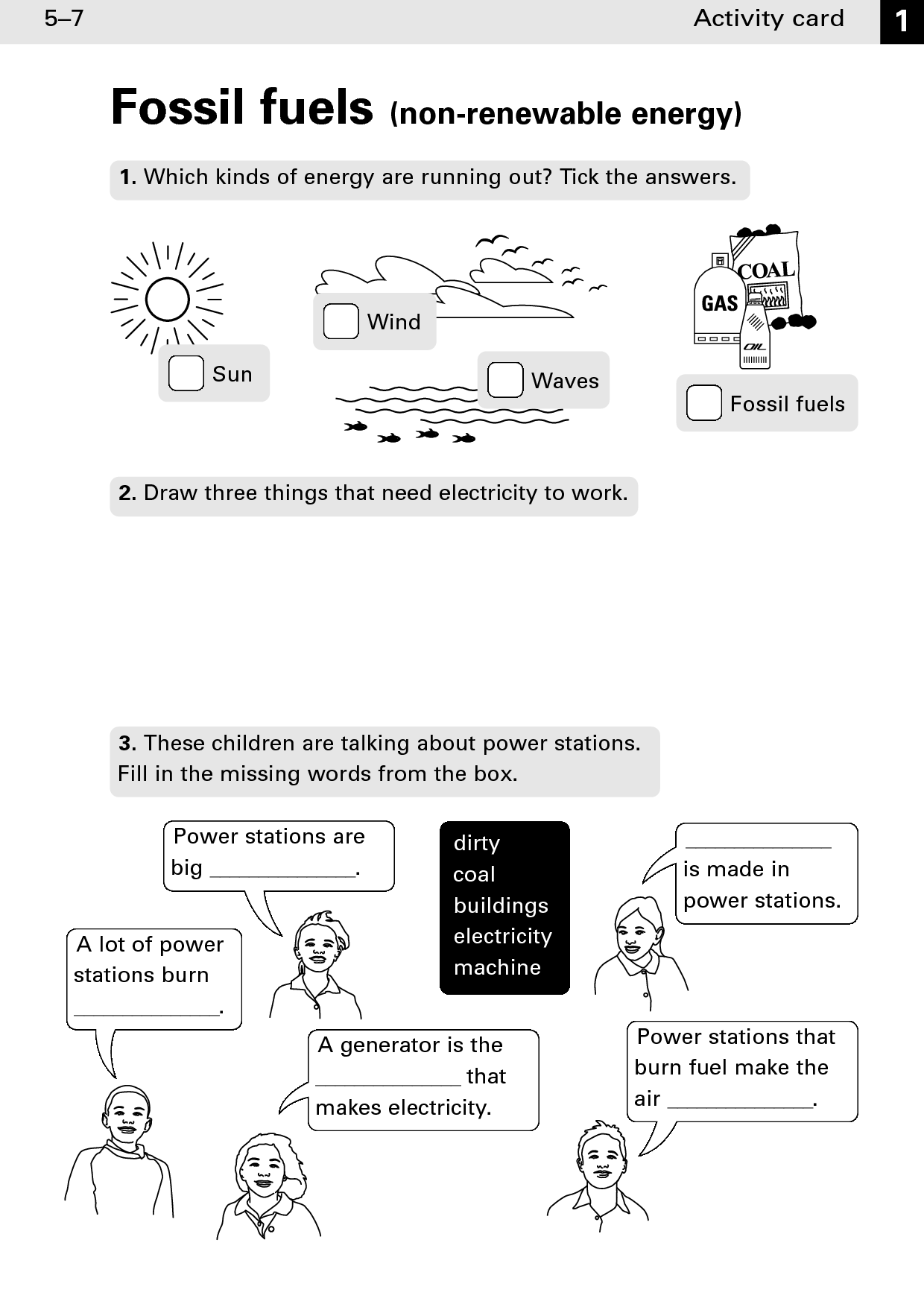



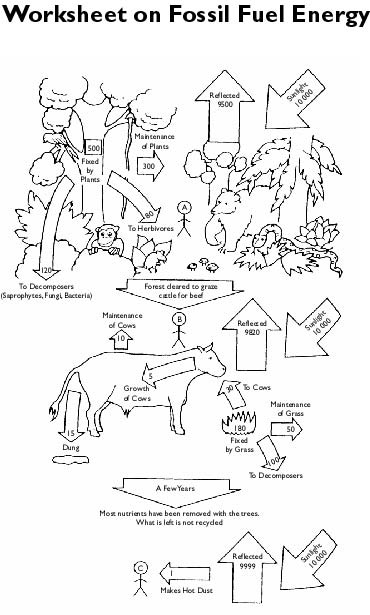

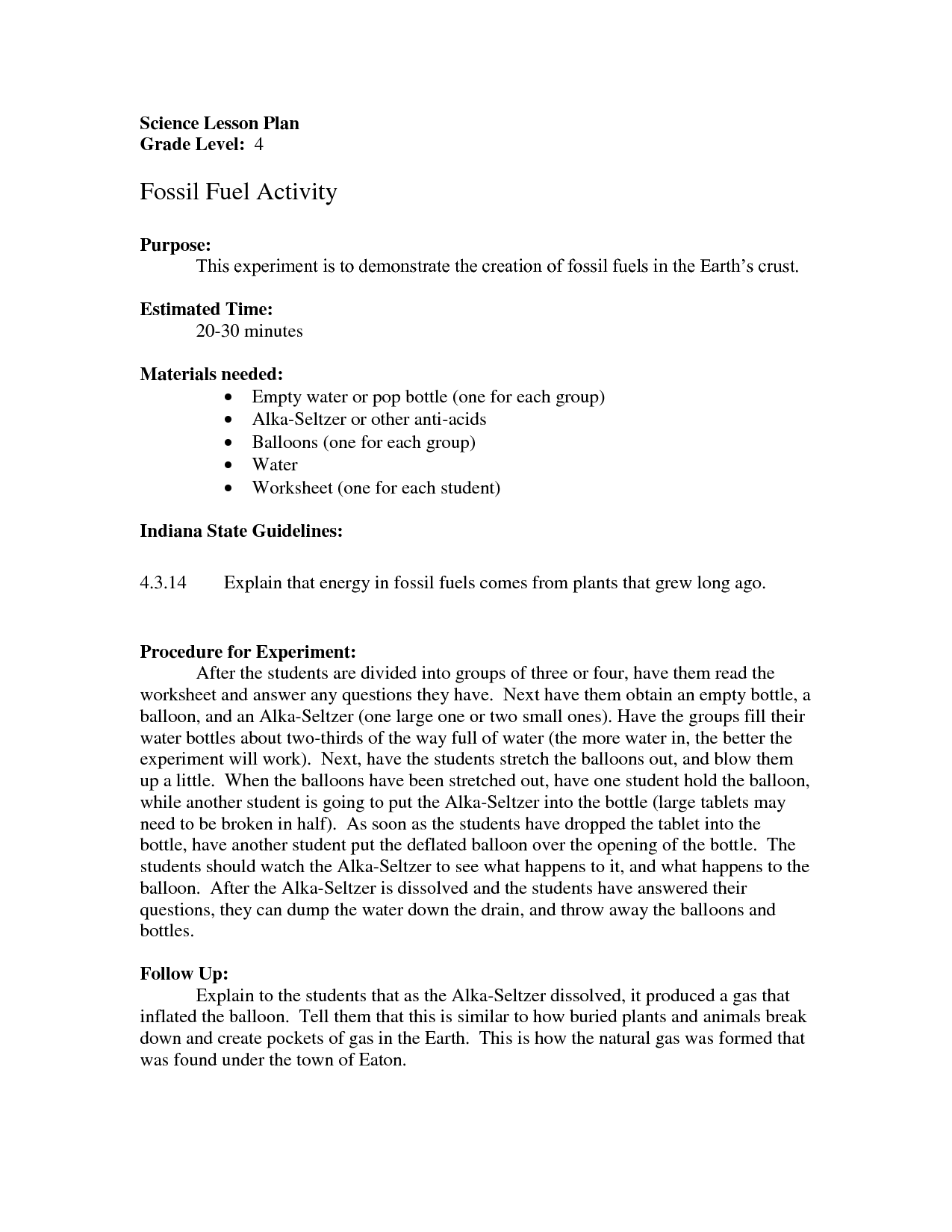
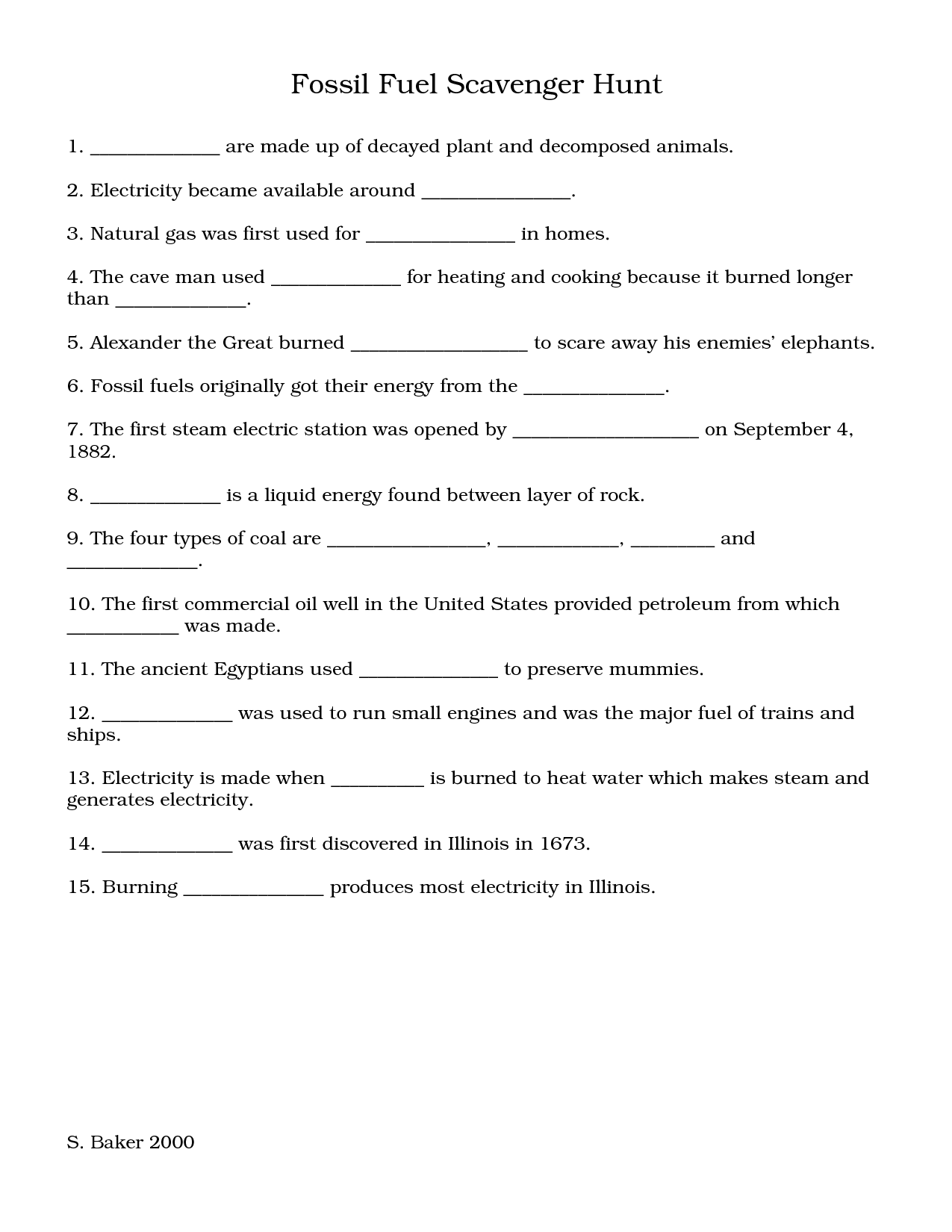




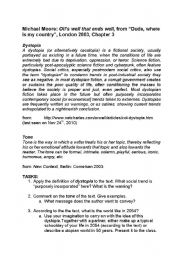
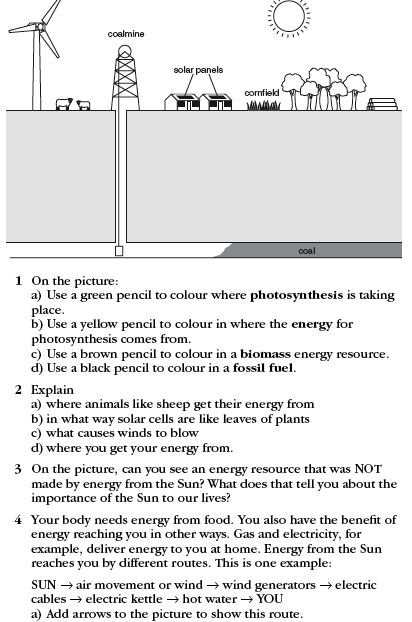














Comments